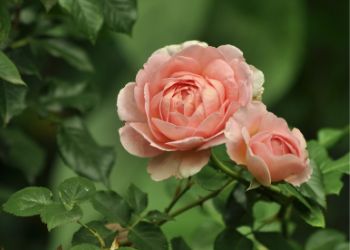This Grandiflora page dedicated to an overview of data is designed to provide important information concerning Grandiflora roses. Including their features, and the benefits for those thinking of growing Grandiflora roses. Or even for those who simply want to understand more about them.
I’m going to start with a quick summary to answer “What are grandiflora roses”, then head into more details.
Grandiflora roses are a cross between hybrid tea and floribunda roses. They are typically taller than many rose types, with larger and more abundant double blooms. But they are less fragrant than floribunda. Available in various colors, they are ideal at the rear of borders, or as partitions.
They are also known for their ability to repeat flowers throughout the season. Overall, I think they do make for a good all-around choice for beginners as much as experienced growers, so I’d certainly recommend them as a starting point.
That’s the roundup, but in order to choose the right one for you let’s head into some further details…

What are grandiflora roses – Overview
Genus name: Rosa, Species: Grandiflora.
Despite their name, grandiflora roses are not actually a separate species of rose. They are hybrid plants, which means they are a cross between two different species. In this case, Hybrid Tea Roses and Floribundas.
The first grandiflora rose was created in 1952, and was called ‘Queen Elizabeth’.
Grandiflora roses are among the most popular types of roses grown today. This is due to their large, double blooms, their ability to repeat-flower throughout the season, and their light to medium fragrance.
One aspect that sets grandiflora roses apart from other types of roses is their growth habit. These plants are usually vigorous and upright, with long canes that can reach up to 6 feet in length. This makes them ideal for growing along fences or as part of a hedge.

Color range
Grandifloras are available in a variety of colors, including white, yellow, pink, red, and purple.
Height range
Grandiflora roses are strong, vigorous plants that can reach heights of 6-8 feet (1.8-2.4 m).
Compared to the height of the Floribunda which is generally 60-90cm (24-36in) and the Hybrid Tea which is 90-120cm (36-48in), the grandiflora is considerably taller.
Zones and Climate
Grandifloras are suitable for growing in USDA hardiness zones 4-9. But typically grow better in zones 6-9.
When choosing a grandiflora rose, it is important to select a variety that is well-suited to your climate. Some varieties are more heat-tolerant than others, and some can tolerate cooler climates.
So if you’re looking for a variety that is able to grow comfortably in zones 1-3, then something like a modern garden rose might suit you better. But for more information on the three main types of roses check out my Types of Roses article here.
Light and Water requirements
Like most rose types, grandifloras need at least six hours of sunlight each day in order to produce an abundance of blooms.
Grandifloras should be watered on a regular basis, especially during periods of extended heat or drought. The soil around the plants should be kept moist, but not soggy. Ideally, water in the morning before the sun reaches its hottest point.
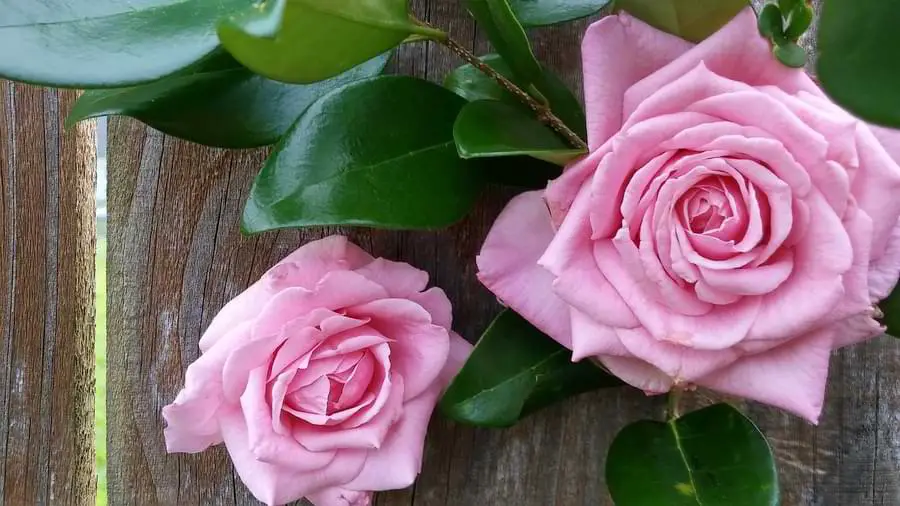
Pests and problems
Most grandiflora roses are disease resistant, but they can be susceptible to black spot, rust, and powdery mildew.
They can also be subject to attack by aphids, Japanese beetles, and rose chafers.
Seasonal blooms
Grandiflora roses typically bloom in late spring or early summer. Some varieties will produce a second flush of blooms in late summer or early fall. So their flowering period is generally from June to September.
Maintenance
Grandifloras are also relatively easy to care for, making them a good choice for both beginner and experienced gardeners.
While grandifloras are generally easy to care for, there are a few things you should know in order to keep your plants healthy and beautiful.
Grandifloras need full sun and well-drained soil. They should be fertilized regularly and deadheaded to encourage continued blooming. With proper care, grandiflora roses can provide months of color and enjoyment in the garden.
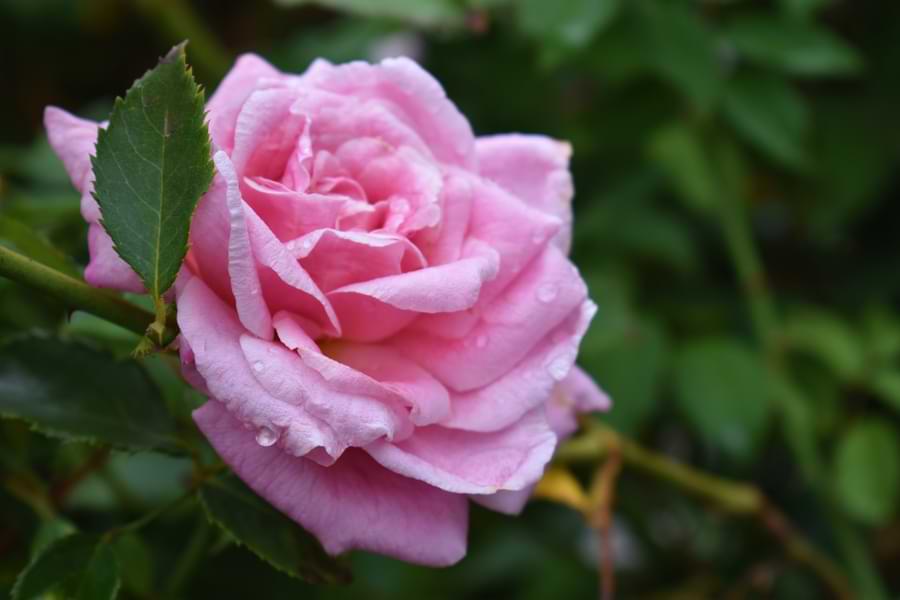
Fertilizing needs
Grandifloras benefit from being fertilized on a regular basis. Use a fertilizer formulated for roses, and follow the directions on the package.
Check out more about what to add to your roses in my treatments section. Here’s my favorite type of compost to use for roses.
Pruning needs
Because of their rapid growth rate, grandifloras require more pruning than other types of roses. They should be pruned in early spring before new growth begins.
To encourage repeat-flowering, it is important to deadhead the spent blooms regularly and to remove any weak or damaged canes. Cut back the canes by about one-third.
To control pests and diseases, it is important to keep the foliage dry and to remove any affected leaves or canes. Regular applications of an approved pesticide and fungicide will also help to keep problems under control.
Here’s a round-up of the main grandiflora rose information.
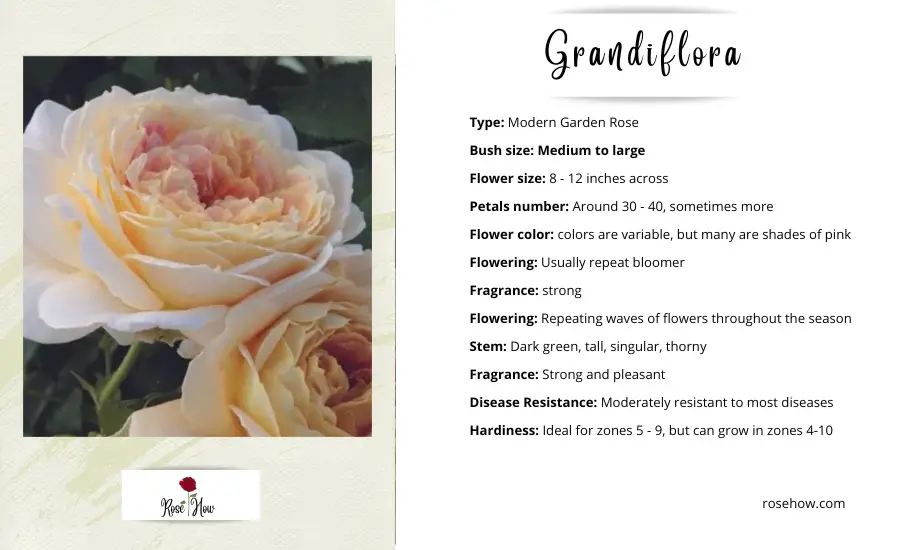
Availability
Grandiflora roses are widely available from nurseries and garden centers. They are also available online from a number of mail-order sources. Here’s a grandiflora you can start with.
Grandiflora: Ideal uses
When it comes to choosing a grandiflora rose, there are literally hundreds of different varieties to choose from. Some of the more popular varieties include:
- Queen Elizabeth grandiflora rose, was introduced in 1954. The first grandiflora that was introduced. It has large, deep pink flowers and is one of the most popular grandifloras.
- Lady Hillingdon grandiflora rose, was introduced in 1964. It has apricot-colored blooms and is a favorite of many gardeners.
- Gold Medal grandiflora rose, was introduced in 1967. It has yellow flowers and is one of the most popular varieties.
- First Prize grandiflora rose, was introduced in 1968. It has deep pink flowers and is a favorite of
Grandifloras are ideal for use at the back of borders, or as partitions. The large size of the blooms also makes them suitable for cutting.
So If you are looking for a rose to use as a cut flower, grandiflora roses are an okay choice. Their long stems make them ideal for arrangements.
But also look at other rose types…
They can be trained to grow on trellises or arbors. They can also be grown in containers, as specimen plants, or in mass plantings.
Grandiflora roses are often used in landscaping, where they can serve as specimen plants, background plants, or foundation plantings.
If you’re just looking for a rose that will make a big impact on your garden, consider planting a grandiflora.
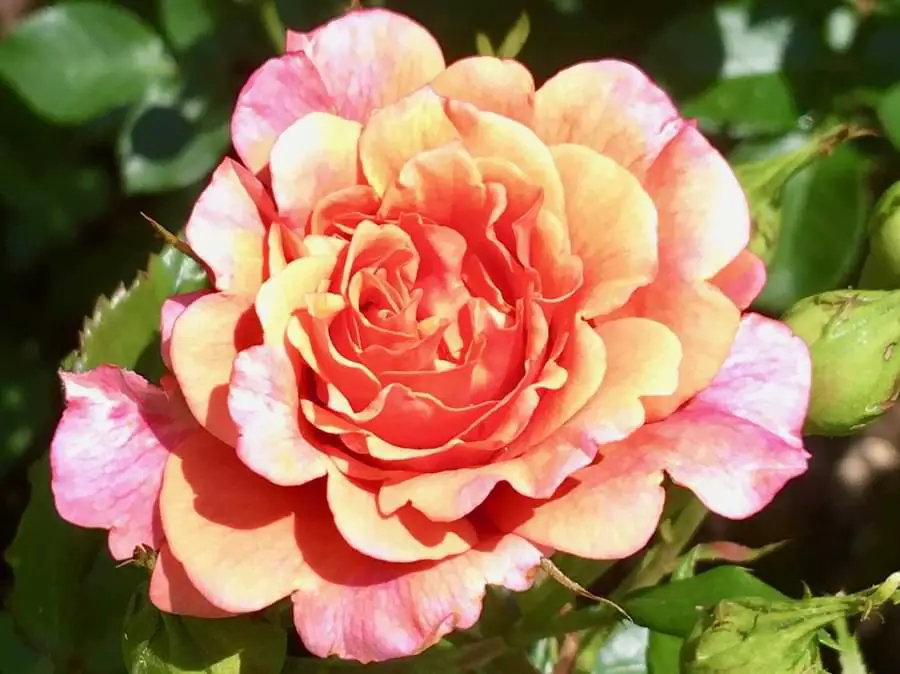
Grandiflora Roses ~ More roses help 🌹
I hope this has provided you with a helpful introduction to grandiflora roses. As you can see, these plants have a lot to offer in terms of both beauty and utility.
Whether you’re looking for a stunning specimen plant or a workhorse for your garden, a grandiflora rose may be the perfect choice for you.
Be sure to check my tools and resources so you can grow your roses. And check out my other related articles below.

Hi, I’m Michael. My passion for roses was sparked a few years ago after visiting a dedicated community rose garden. So Rosehow.com represents my take, my learnings, and my help for anyone looking to grow, be proud of, and harvest roses.

